Did you know that there are over 4,000 species of bees in North America alone? While honeybees (apis mellifera) get a lot of attention because of the sweet honey and hive products they produce, most of the bee species that we see in our yards and gardens are actually solitary nesting bees, such as mason bees and leafcutter bees.
Unlike honeybees, mason and leafcutter bees are native to North America. Because they are solitary insects without honey stores to protect, native bees are much more gentle and far less likely to sting in comparison to their social honeybee relatives. They are also incredibly efficient pollinators with an effective pollination rate of about 95%! This means that, for every 100 flowers that a native bee visits, 95 of them will be pollinated properly to produce seeds and fruit. In comparison, honeybees, while still vital to our ecosystems, have an effective pollination rate of about 5%.

Female native bees take on the roles of both worker and reproducer. Female bees forage for pollen and nectar. After returning to the nesting tunnel, she will combine the pollen and nectar into a ball and then lay an egg on top of it. She then seals it in the tunnel with either mud (for mason bees) or leaves and flower petals (for leafcutter bees). The eggs then hatch and the larvae eat the pollen ball before beginning to pupate. Mason bees pupate and emerge from their cocoons in early spring, when temperatures rise above 50 degrees Fahrenheit. Leafcutter bees don’t emerge until later in the summer, when temperat0 degrees Fahrenheit.
Providing nesting space and materials for native bees is its own unique and rewarding hobby. It’s less time intensive than keeping honeybees, with little maintenance required. Our brand new line of mason bee houses are all crafted from sustainable sugar pine and were designed with the species in mind. With seven unique designs to choose from, you can choose to support local and native pollinators in whatever style suits you. We also sell 3 different size nesting trays to fit your new mason bee house: Within each product page you will find the recommend size nesting tray for that particular model.
Our new mason bee houses are available now for pre-order and will ship mid-February in time for mason bee season.Shop all of our new mason bee houses here, and read more about each of the models below!
WBC Mason Bee House
 This striking mason bee house echoes the WBC honeybee hive design, popular throughout the UK! It features five stacked 6mm nesting trays underneath a peaked shingled roof for rain runoff and protection from the elements. No tubes needed—mason bees will nest right in the cavities and harvesting cocoons is as easy as gently taking the nesting blocks apart.
This striking mason bee house echoes the WBC honeybee hive design, popular throughout the UK! It features five stacked 6mm nesting trays underneath a peaked shingled roof for rain runoff and protection from the elements. No tubes needed—mason bees will nest right in the cavities and harvesting cocoons is as easy as gently taking the nesting blocks apart.
Two-Sided Mason Bee House

This rectangular mason bee house features openings on both ends with a divider board in between, giving you two houses in one! The shingled roof helps with rain runoff and protection from the elements. Simply fill with
Large Mason Bee Nesting Trays (recommended) or
Crown Bees EasyTear Mason Bee Tubes and watch native pollinators take up residence in their new home. This house fits 14 nesting trays or about 280 8mm EasyTear tubes, which equates to 8 boxes (you don't have to fill it all the way!). Add a coat of
100% pure tung oil to the outside for extra longevity and protection.
Observation Mason Bee House
 Our mason bee houses were designed just like our larger hives were: with the species in mind. This observation house features a plexiglass cover, transforming your mason beekeeping into a highly educational experience for children and adults alike! Watch the mason bee lifespan unfold in front of your very eyes, beginning with the laying and hatching of eggs, and ending with adult mason bees shedding their cocoons and beginning to forage in their surroundings.
Our mason bee houses were designed just like our larger hives were: with the species in mind. This observation house features a plexiglass cover, transforming your mason beekeeping into a highly educational experience for children and adults alike! Watch the mason bee lifespan unfold in front of your very eyes, beginning with the laying and hatching of eggs, and ending with adult mason bees shedding their cocoons and beginning to forage in their surroundings.
Top Bar Mason Bee House

This charming mason bee house is modeled after our top bar beehives with its sloped sides and shingled roof to protect the bees from rain and other elements. This house features openings on both ends with a divider board in between, giving you two houses in one! Simply fill withCrown Bees EasyTear Mason Bee Tubesand watch native pollinators take up residence in their new home. This house fits about 100 8mm tubes which equates to 3 boxes (you don't have to fill it all the way!). Keep your backyard design cohesive with a mason bee house that matches your bee hive!
Hexagonal Mason Bee House
 Simply fill with Crown Bees EasyTear Mason Bee Tubes and watch native pollinators take up residence in their new home. This house fits about 140 8mm tubes which equates to 4 boxes (you don't have to fill it all the way!). Whether it stands alone or you join a series together in a geometric pattern, this mason bee house makes a beautiful addition to your yard, garden, or apiary.
Simply fill with Crown Bees EasyTear Mason Bee Tubes and watch native pollinators take up residence in their new home. This house fits about 140 8mm tubes which equates to 4 boxes (you don't have to fill it all the way!). Whether it stands alone or you join a series together in a geometric pattern, this mason bee house makes a beautiful addition to your yard, garden, or apiary.
Cube Mason Bee House
 The cube shape of this mason bee house is modular, streamlined, and sturdy, making it a beautiful addition to your yard, garden, or apiary. Simply fill with Small Mason Bee Nesting Trays (recommended) or Crown Bees EasyTear Mason Bee Tubes and watch native pollinators take up residence in their new home. This house fits 4 small nesting trays, or about 40 8mm tubes which equates to 1-2 boxes (you don't have to fill it all the way!). The modular design makes it easy to add more and expand your mason bee population year after year!
The cube shape of this mason bee house is modular, streamlined, and sturdy, making it a beautiful addition to your yard, garden, or apiary. Simply fill with Small Mason Bee Nesting Trays (recommended) or Crown Bees EasyTear Mason Bee Tubes and watch native pollinators take up residence in their new home. This house fits 4 small nesting trays, or about 40 8mm tubes which equates to 1-2 boxes (you don't have to fill it all the way!). The modular design makes it easy to add more and expand your mason bee population year after year!
Obelisk Mason Bee House
 Featuring a peaked roof for rain runoff and protection from the elements, this design leaves plenty of space to be filled with nesting tubes while creating a striking addition to your yard or garden. Simply fill with Medium Mason Bee Nesting Trays (recommended) or Crown Bees EasyTear Mason Bee Tubes and watch native pollinators take up residence in their new home. This house fits 10 medium nesting trays or about 170 tubes which equates to 5 boxes (you don't have to fill it all the way!).
Featuring a peaked roof for rain runoff and protection from the elements, this design leaves plenty of space to be filled with nesting tubes while creating a striking addition to your yard or garden. Simply fill with Medium Mason Bee Nesting Trays (recommended) or Crown Bees EasyTear Mason Bee Tubes and watch native pollinators take up residence in their new home. This house fits 10 medium nesting trays or about 170 tubes which equates to 5 boxes (you don't have to fill it all the way!).


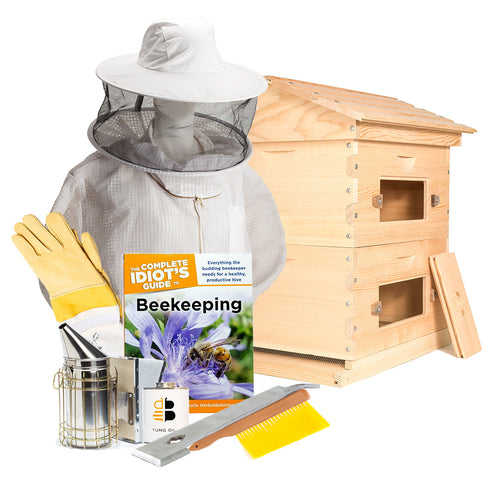
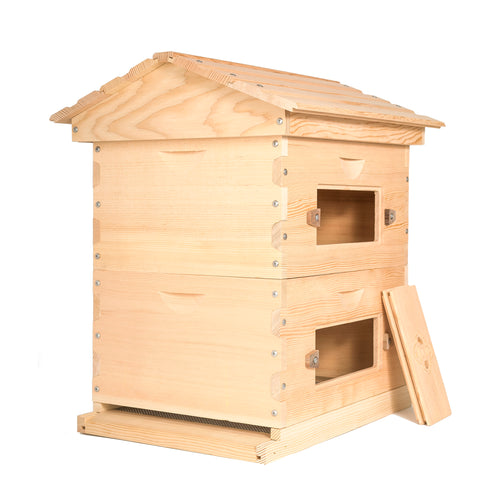

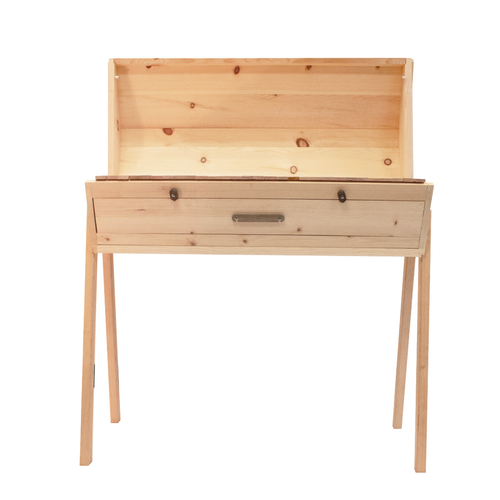
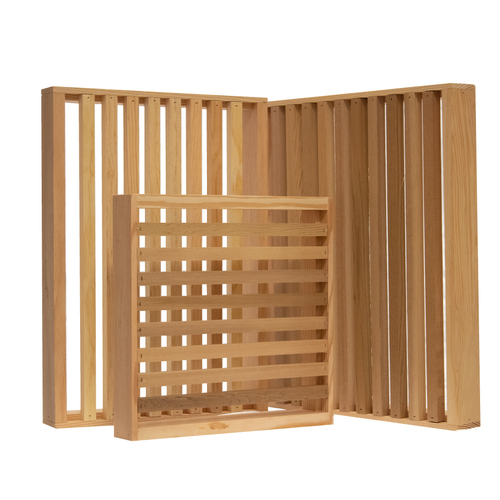
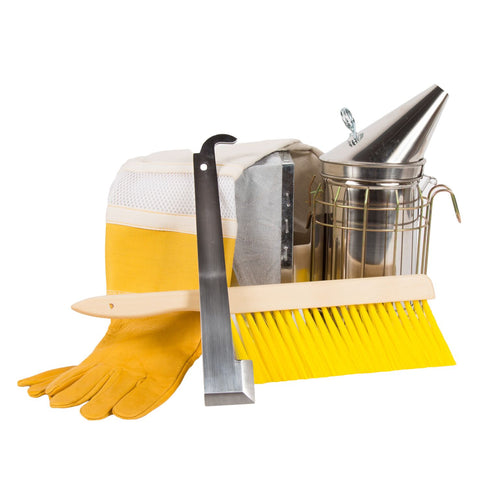
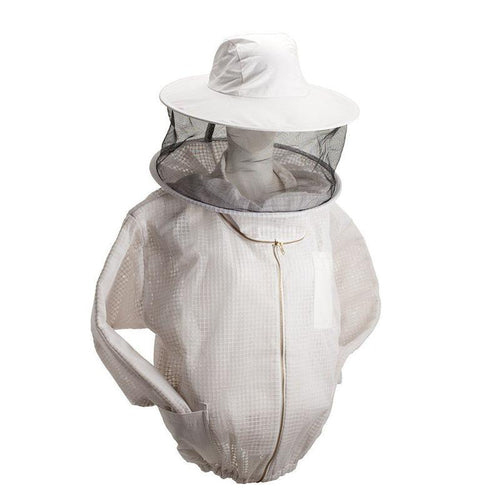
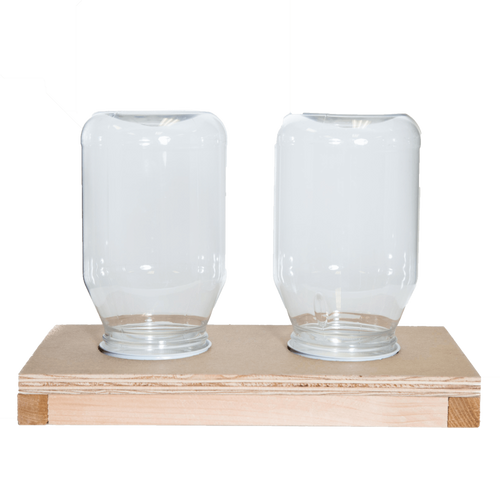

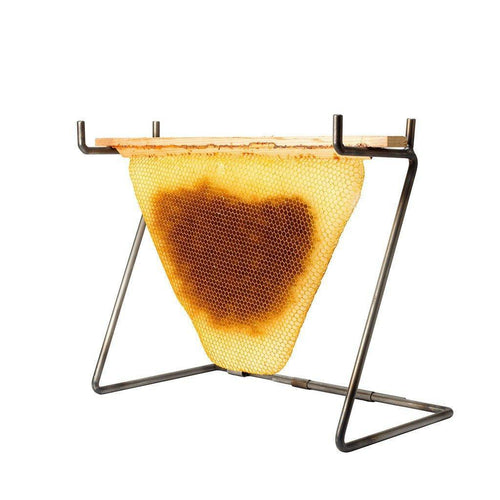
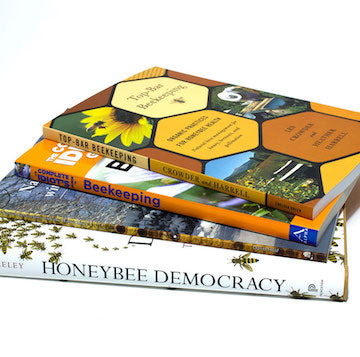
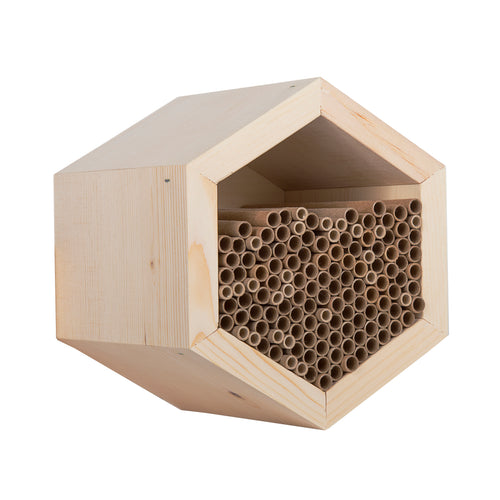
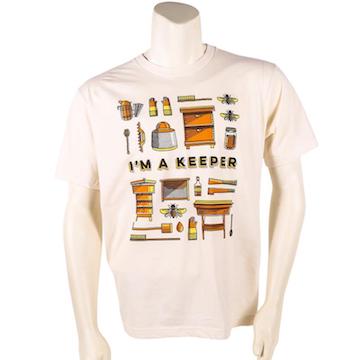


 This striking mason bee house echoes the WBC honeybee hive design, popular throughout the UK! It features five stacked 6mm nesting trays underneath a peaked shingled roof for rain runoff and protection from the elements. No tubes needed—mason bees will nest right in the cavities and harvesting cocoons is as easy as gently taking the nesting blocks apart.
This striking mason bee house echoes the WBC honeybee hive design, popular throughout the UK! It features five stacked 6mm nesting trays underneath a peaked shingled roof for rain runoff and protection from the elements. No tubes needed—mason bees will nest right in the cavities and harvesting cocoons is as easy as gently taking the nesting blocks apart. This rectangular mason bee house features openings on both ends with a divider board in between, giving you two houses in one! The shingled roof helps with rain runoff and protection from the elements. Simply fill with
This rectangular mason bee house features openings on both ends with a divider board in between, giving you two houses in one! The shingled roof helps with rain runoff and protection from the elements. Simply fill with  Our mason bee houses were designed just like our larger hives were: with the species in mind. This observation house features a plexiglass cover, transforming your mason beekeeping into a highly educational experience for children and adults alike! Watch the mason bee lifespan unfold in front of your very eyes, beginning with the laying and hatching of eggs, and ending with adult mason bees shedding their cocoons and beginning to forage in their surroundings.
Our mason bee houses were designed just like our larger hives were: with the species in mind. This observation house features a plexiglass cover, transforming your mason beekeeping into a highly educational experience for children and adults alike! Watch the mason bee lifespan unfold in front of your very eyes, beginning with the laying and hatching of eggs, and ending with adult mason bees shedding their cocoons and beginning to forage in their surroundings.
 Simply fill with
Simply fill with  The cube shape of this mason bee house is modular, streamlined, and sturdy, making it a beautiful addition to your yard, garden, or apiary. Simply fill with
The cube shape of this mason bee house is modular, streamlined, and sturdy, making it a beautiful addition to your yard, garden, or apiary. Simply fill with  Featuring a peaked roof for rain runoff and protection from the elements, this design leaves plenty of space to be filled with nesting tubes while creating a striking addition to your yard or garden. Simply fill with
Featuring a peaked roof for rain runoff and protection from the elements, this design leaves plenty of space to be filled with nesting tubes while creating a striking addition to your yard or garden. Simply fill with